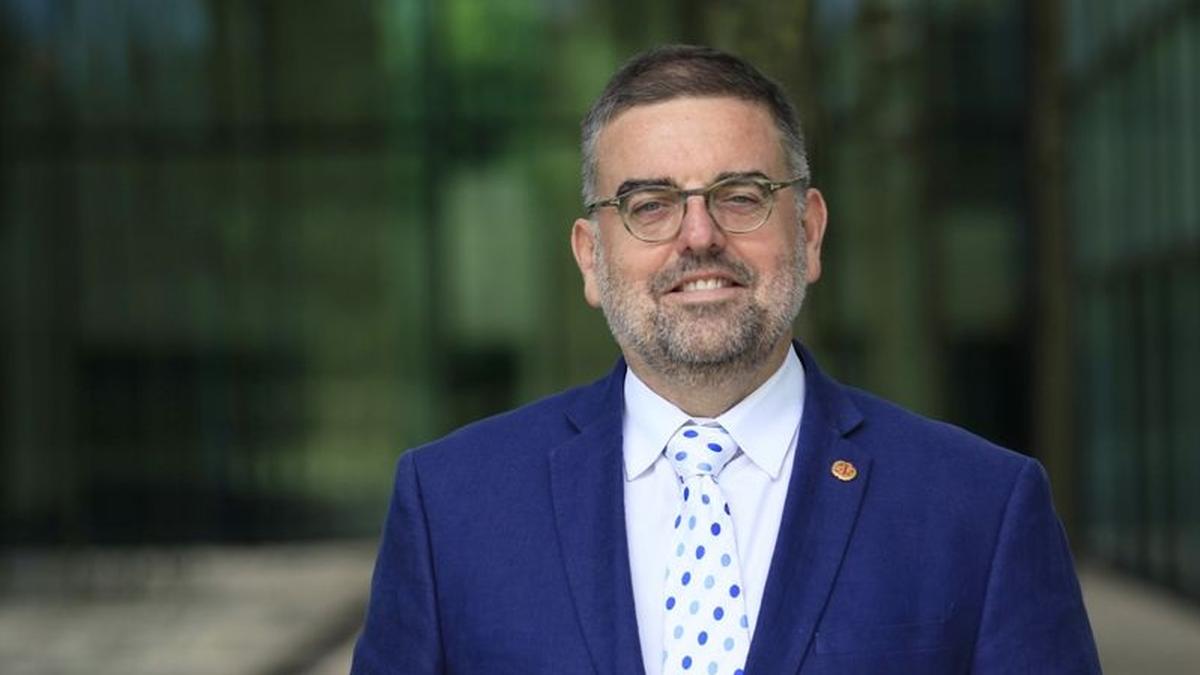In a recent interview with The Hindu, Eamonn Murphy, the UNAIDS Director for the Asia Pacific and other regions, emphasized the crucial role India plays in the global effort to end AIDS as a public health threat by 2030.
India’s Progress in HIV Prevention
- Significant Achievements: India has shown a strong commitment to HIV prevention, with annual new HIV infections falling by 44% between 2010 and 2023. This rate of decline surpasses the global average.
- Need for Acceleration: Despite the positive trend, Murphy indicated that efforts must be intensified, particularly in specific states and districts, to close the gap in prevention efforts.
Importance of the Next Five Years
- Critical Period: The next five years are deemed crucial for India to accelerate its HIV prevention strategies and to share its successful experiences with neighboring countries.
- Long-Term Sustainability: Planning for sustainability beyond 2030 is vital to maintain the progress made and to ensure lasting and transformative impacts.
Focus on Prevention and Community Involvement
- Preventive Measures: Dr. Murphy highlighted that to effectively end AIDS as a public health threat, it is essential not only to diagnose and treat individuals living with HIV but also to dramatically lower new infections. Prevention is key, as every new infection requires lifelong treatment.
- Community-Driven Health Systems: The UNAIDS director stressed the importance of sustainable health systems that are co-designed and co-implemented by communities and civil society, ensuring that these systems meet the needs of the people.
Current HIV Situation in India
- New Infections: In the previous year, India recorded 68,000 new HIV infections, averaging around 185 new infections per day.
- Global Strategy: The global AIDS strategy aims for 80% of prevention services to be delivered by community-led organizations that are best positioned to reach key populations. These organizations require appropriate resources and support to lead effectively.
Progress in AIDS-Related Deaths
- Reduction in Deaths: India has made notable progress in reducing annual AIDS-related deaths by nearly 80% between 2010 and 2023, exceeding the global average.
Advocacy for New Technologies
- Innovative Approaches: UNAIDS is currently advocating for the adoption of new technologies, including long-acting injectables, to ensure all patients can access these treatments at affordable prices.
Multiple-Choice Questions (MCQs):
- What percentage did annual new HIV infections fall in India between 2010 and 2023?
- A) 30%
- B) 44%
- C) 60%
- D) 50%
- Answer: B) 44%
- How many new HIV infections were reported in India last year?
- A) 60,000
- B) 68,000
- C) 75,000
- D) 80,000
- Answer: B) 68,000
- What is the target year for ending AIDS as a public health threat, as mentioned by Dr. Murphy?
- A) 2025
- B) 2030
- C) 2040
- D) 2028
- Answer: B) 2030
- What percentage of prevention services does the global AIDS strategy call to be delivered by community-led organizations?
- A) 50%
- B) 70%
- C) 80%
- D) 90%
- Answer: C) 80%
- By what percentage have AIDS-related deaths reduced in India between 2010 and 2023?
- A) 50%
- B) 60%
- C) 70%
- D) 80%
- Answer: D) 80%
